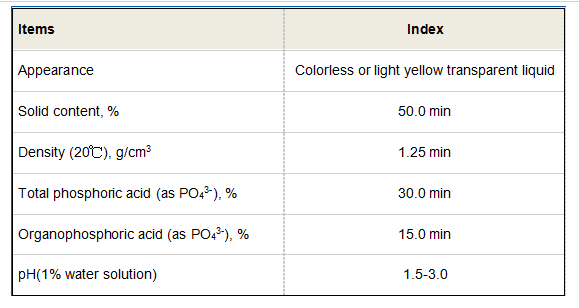2 月 . 20, 2025 11:28
Back to list
Hydrolyzed Polymaleic Anhydride (HPMA)
Isothiazolinone compounds have become ubiquitous in a variety of industrial and household applications due to their potent antimicrobial properties. Among these applications, their inclusion in detergents has sparked both interest and concern. This article delves into the multifaceted nature of isothiazolinone use in detergents, balancing efficacy and safety, while foregrounding expert insights and real-world applications.
From the perspective of manufacturing and product development, industry leaders are pioneering alternative strategies to optimize safety without compromising on cleaning performance. This includes exploring synergistic effects with other preservatives, as well as incorporating naturally derived antimicrobials. These efforts aim to create formulations that are both efficacious and aligned with evolving consumer preferences for reduced chemical exposure. The regulatory landscape surrounding isothiazolinones is also changing. The European Union, for instance, has implemented stringent regulations on permissible levels in consumer products, while the United States Environmental Protection Agency continues to evaluate their environmental impact. Such regulatory frameworks are critical in ensuring that consumer safety is prioritized, aligning market practices with the latest scientific findings. In practice, the successful integration of isothiazolinones in detergents involves striking a balance between efficacy and safety. This requires rigorous testing and adherence to regulatory standards, as well as ongoing dialogue between scientists, regulatory bodies, and product developers. The goal is to safeguard public health while harnessing the antimicrobial properties these compounds afford. For consumers, the key is awareness and choice. Educated purchasing decisions, informed by reliable sources and clear product labeling, can mitigate potential risks associated with isothiazolinone exposure. Users with sensitive skin or known allergies should consider patch testing new products or opting for formulations specifically designed for hypoallergenic use. In conclusion, while isothiazolinones play a significant role in enhancing the efficacy and longevity of detergents, their application must be carefully managed. Through continued innovation and robust regulation, their use in detergents can be optimized to ensure both safety and performance. The collaboration of industry experts, regulatory authorities, and consumers remains pivotal in navigating this complex landscape, fostering trust and ensuring health and safety in everyday cleaning routines.


From the perspective of manufacturing and product development, industry leaders are pioneering alternative strategies to optimize safety without compromising on cleaning performance. This includes exploring synergistic effects with other preservatives, as well as incorporating naturally derived antimicrobials. These efforts aim to create formulations that are both efficacious and aligned with evolving consumer preferences for reduced chemical exposure. The regulatory landscape surrounding isothiazolinones is also changing. The European Union, for instance, has implemented stringent regulations on permissible levels in consumer products, while the United States Environmental Protection Agency continues to evaluate their environmental impact. Such regulatory frameworks are critical in ensuring that consumer safety is prioritized, aligning market practices with the latest scientific findings. In practice, the successful integration of isothiazolinones in detergents involves striking a balance between efficacy and safety. This requires rigorous testing and adherence to regulatory standards, as well as ongoing dialogue between scientists, regulatory bodies, and product developers. The goal is to safeguard public health while harnessing the antimicrobial properties these compounds afford. For consumers, the key is awareness and choice. Educated purchasing decisions, informed by reliable sources and clear product labeling, can mitigate potential risks associated with isothiazolinone exposure. Users with sensitive skin or known allergies should consider patch testing new products or opting for formulations specifically designed for hypoallergenic use. In conclusion, while isothiazolinones play a significant role in enhancing the efficacy and longevity of detergents, their application must be carefully managed. Through continued innovation and robust regulation, their use in detergents can be optimized to ensure both safety and performance. The collaboration of industry experts, regulatory authorities, and consumers remains pivotal in navigating this complex landscape, fostering trust and ensuring health and safety in everyday cleaning routines.
Share
Latest news
-
The Ultimate Guide to Flocculants: Transforming Water TreatmentNewsNov.01,2024
-
Improve Your Water Treatment Solutions with PolyacrylamideNewsNov.01,2024
-
Enhance Your Water TreatmentNewsNov.01,2024
-
Empower You to Achieve the Highest Standards of Water QualityNewsNov.01,2024
-
Effective Scale InhibitorsNewsNov.01,2024
-
Discover the Power of Poly Aluminum Chloride in Water TreatmentNewsNov.01,2024





